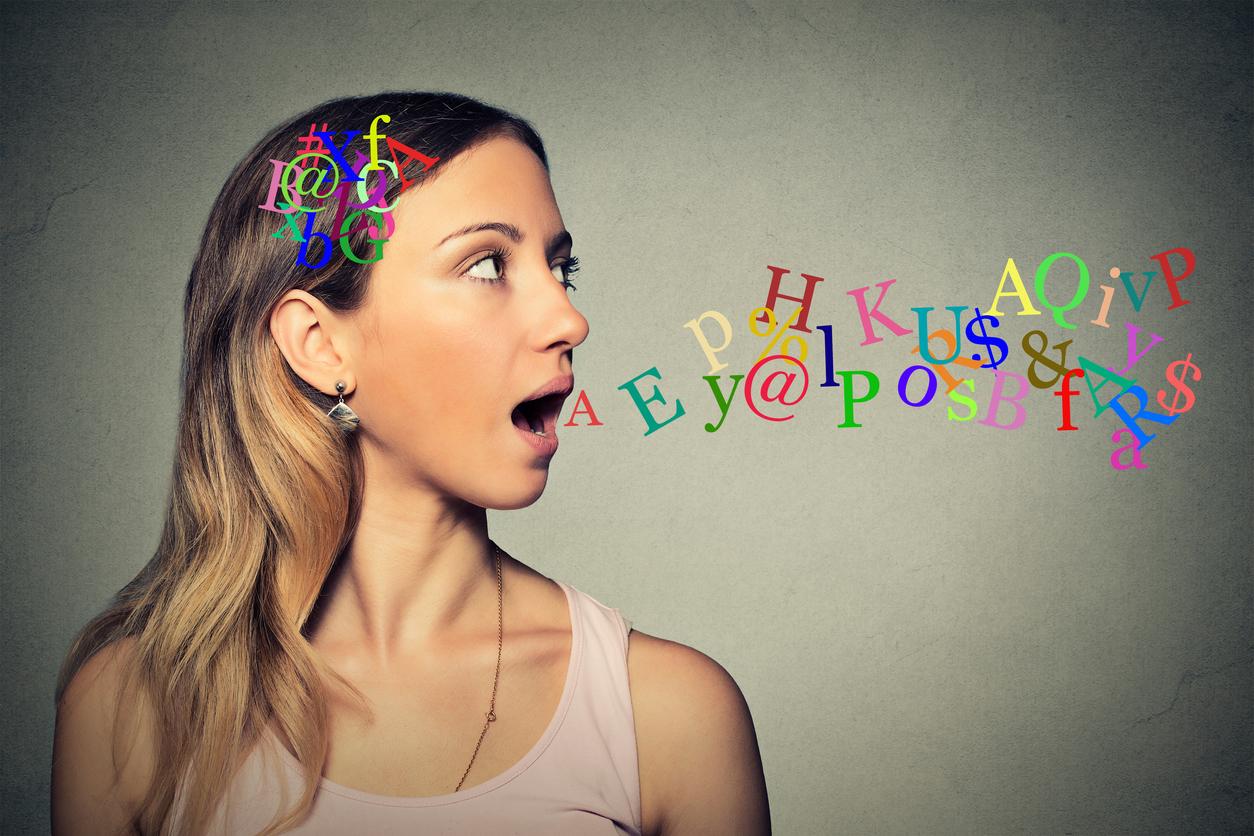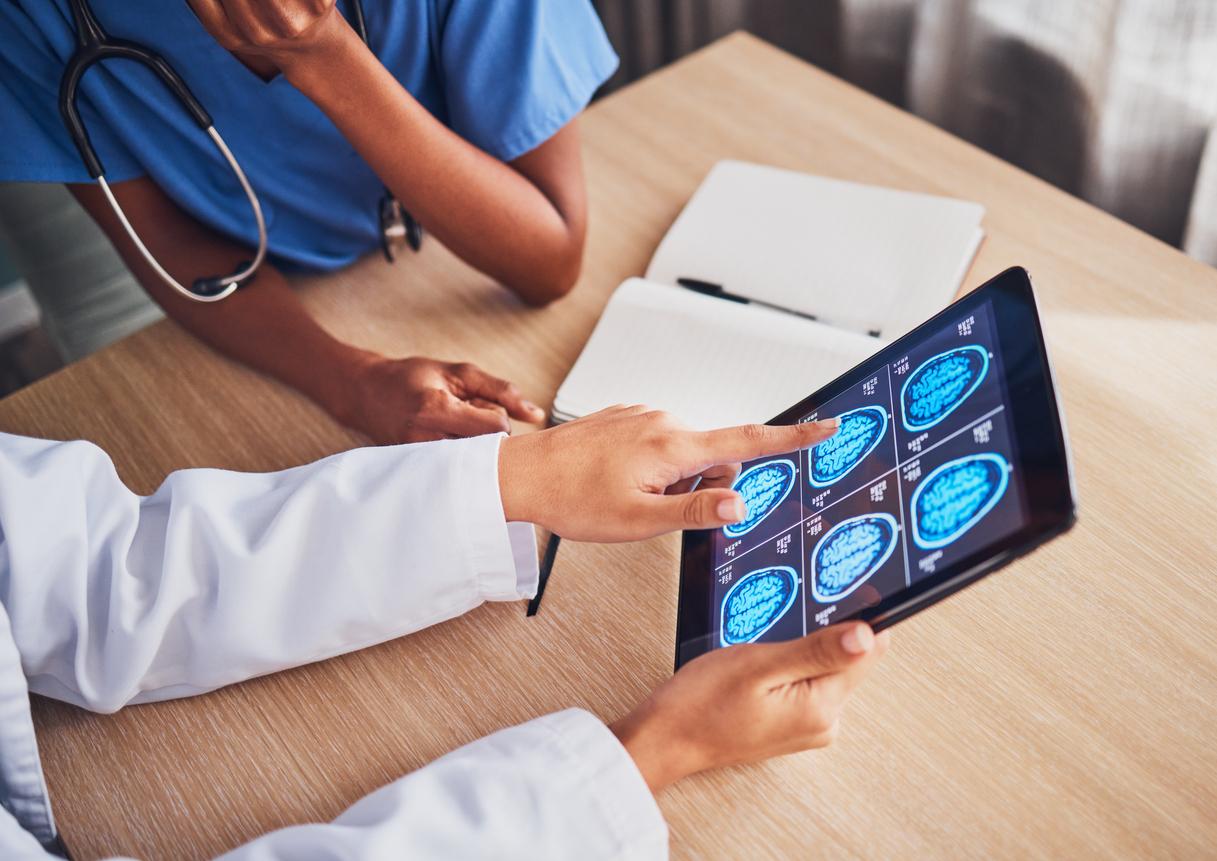How it works ?
– Transcranial Magnetic Stimulation (TMS) can modulate the activity of regions of the brain that do not function normally. A coil placed on the patient’s skull sends an electrical impulse repeatedly. The magnetic field produced generates micro-currents which will modify the activity of neurons and their way of communicating.
– deep brain stimulation also aims to modulate the activity of certain areas of the brain, but it is invasive since it requires surgery.
severe depressions
When antidepressants and psychotherapy are ineffective, transcranial magnetic stimulation (TMS), at the level of the prefrontal cortex, made the first proofs of its effectiveness in 1994. Since then, hundreds of scientific publications have confirmed it and TMS is recognized and covered by health insurance in many countries… but not in France. Nevertheless, about forty French centers (CHU, psychiatric hospitals, private clinics) are equipped with an MSD device and offer this treatment as part of comprehensive care.
More than 500 patients are treated in this way each year, with a success rate of between 50 and 70%. Between 10 and 30 sessions, at the rate of 1 or 2 sessions per day, are necessary. For patients who have improved, maintenance sessions or medication to prevent relapses will be required.
For very severe forms that have resisted all therapies, another type of stimulation can be used: electroconvulsotherapy, which consists of inducing an epileptic seizure using electroshock. The method may seem archaic and barbaric but today it is practiced under anesthesia. Research has also been developed to treat these patients with deep neural stimulation.
The hallucinations of schizophrenia
Transcranial magnetic stimulation has also been shown to be effective against persistent auditory hallucinations of schizophrenia. In this case, another area of the brain (the temporal areas) is stimulated and about ten sessions are generally sufficient. Nevertheless, TMS does not cure schizophrenia, it only alleviates certain symptoms and, therefore, is prescribed in addition to medication and psychiatric monitoring.
Another technique, tDSC, which no longer involves applying a magnetic field but a direct electric current, is raising great hopes. “It is still very recent and still needs to be proven, but in 2012, we showed on 30 patients that its effects seemed more global than those of rTMS”, indicates Pr Emmanuel Poulet, psychiatrist at the Lyon University Hospital.
Certain attention disorders
Well tolerated, with few side effects, transcranial magnetic stimulation is particularly suitable for children and adolescents. Some studies have shown it to be effective against attention deficit disorder. Research is also underway to assess its effectiveness against Gilles de la Tourette syndrome, a neurological disease with a genetic component that causes very troublesome motor tics.
Parkinson’s disease
Against this neurodegenerative pathology, doctors have had the idea of implanting, inside the brain itself, electrodes which, connected to a battery placed under the skin at the level of the collarbone, exert their action directly on the neurons.
Thanks to this technique, called deep neural stimulation, motor disorders related to Parkinson disease (akinesia, rigidity and tremors) are reduced. The technique requires major surgery. If we add to this that it is only effective in certain forms of the disease, we understand that deep neural stimulation is reserved for certain patients (those under the age of 70, whose diagnosis was made is over 5 years old, who have no contraindications to neurosurgery, etc.). Around 300 operations are performed each year in France in around twenty centres.
Obsessive Compulsive Disorders (OCD)
After deep brain stimulation showed its effectiveness against Parkinson’s disease, Belgian doctors had the idea in 1999 of testing this technique against severe obsessive-compulsive disorders (OCD). Since then, the technique has proven itself even if one of the main difficulties has been to determine in which area of the brain to implant the electrodes. Several have been tested, with varying degrees of success.
Nevertheless, deep brain stimulation remains indeed the medicine of the last chance, when all other therapies (drugs, psychotherapy, cognitive and behavioral therapy) have failed and OCDs are severe and disabling. “Unlike transcranial stimulation, deep brain stimulation is and will remain reserved for only a few dozen patients per year, concludes Emmanuel Poulet. “But these innovations open up new perspectives for treating people with these diseases. »
















